Review of ZTE Open C - another phone on Firefox OS
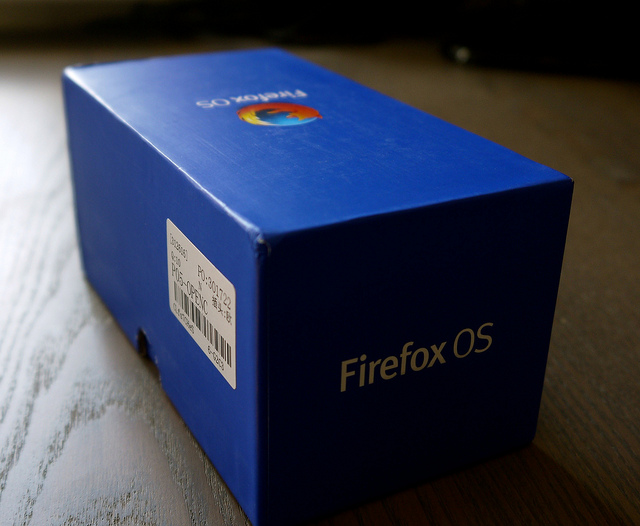
Not so long ago, about a year ago, I twisted the first smartphone on Firefox OS in my hands, see the Geeksphone Peak review . It was positioned as a Developer Preview and the OS itself was on the alpha channel of updates, everything flourished and developed. Therefore, you could close your eyes on the jambs and you should wait for the release of both the operating system and the hardware platform.
As time went on, in February 2014, the ZTE Open C phone was announced - “Phone with the new Firefox OS 1.3 for $ 100,” this time for a wide audience. And so, a device running Firefox OS 1.3 hit my desk. It turns out, wait. Further in this post are photographs, screenshots, grunts and snorts.
By the way, if you like Android - I advise you not to pass by and look at the end of the post.
1. Price and specifications
The main device trade takes place officially on eBay , where pre-order was initially available in February. But they do not deliver to Russia, and forwarding can increase the cost of the device. Of the alternatives - the phone can also be purchased on TinyDeal (coupon 5%: zte5off), in rubles the cost is 3300 rubles.
For this price we get the following characteristics:
=========================================== ===========
- OS: Firefox OS 1.3 (or Android 4.4.2 - see the end of the post);
- Screen: WVGA 480 x 800, 4 "(~ 233 ppi), TFT 256K colors;
- RAM: 512 MB, ROM: 4 GB (+ microSD), 1 GB available;
- Communication: GSM 850/900/1800/1900, HSDPA 900/2100;
- WiFi: 802.11 b / g / n, Wi-Fi hotspot
- CPU: Dual-core Qualcomm MSM8210 (1.2 GHz Cortex-A7), GPU: Adreno 302;
- Camera: 3.15 MP, 2048 x 1536 pixels, video: 352x288 @ 15fps;
- Extras: FM-radio, GPS, A-GPS, Bluetooth, microUSB 2.0
- Battery: Li-Ion 1400 mAh
- Dimensions: 126 x 64.7 x 10.8 mm
- Weight: 125g
2. Appearance
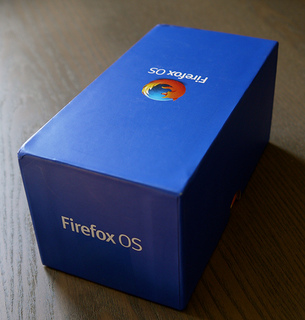

Fig. 1-2: Box with a fox.
I consider the box the most beautiful part of this device. Glossy logos on top of a matte blue canvas capture the eye. I bet you opened this text because of the photo of the box above the habrakat. Fig. 3-4: Instruction and object of instruction. The instruction meets the reader with the slogan “Made in the name of the Goal” and explains: “Firefox OS was created to free you from the rules and restrictions imposed by other mobile operating systems. It is designed to give you complete control over the information that you share and which you store. FFOS was developed at Mozilla as one of the steps towards our goal - to make the full power of Web technology available to everyone. ” From the creators of the "JavaScript in every home" movement, so to speak. Fig. 5-6: Device on the other hand.
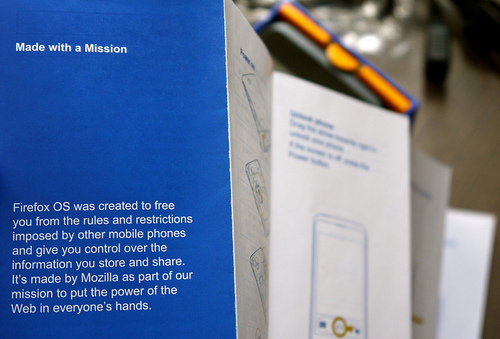


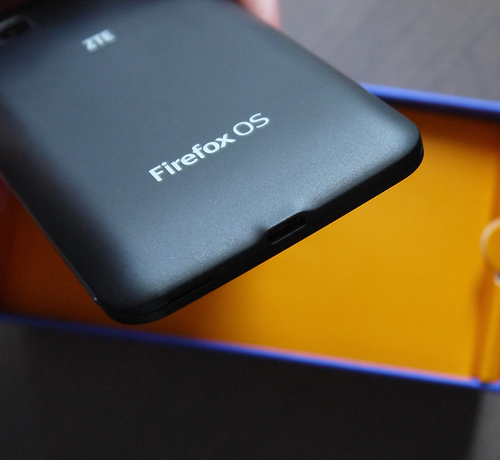
The device is pleasantly in the palm of your hand, the matte cover on the back prevents it from getting stuck. Dimensions and thickness, in my opinion, are optimal. On the side there are sound adjustment keys, a power button on top and a 3.5mm audio jack, and a micro-usb jack on the bottom. The actual thickness of the device. Fig. 7: View “under the hood” and battery. The battery has a tangible thickness, the volume is 1400mAh. With active use of FirefoxOS (walking the menu, launching applications like a clock or a calendar) it holds for 2-3 hours (yes, FFOS eats mercilessly, but here I can be inaccurate, see comments


) SIM card slots and microSD cards are convenient, you do not have to pick out the covers or use auxiliary tools to change cards. However, the back cover itself snaps very tightly and cannot be removed without using a plastic card. Build quality and workmanship are respectful, given the cost of the device. This is a branded thing and here you can feel the approach of engineers to a dense placement of parts, optimal placement of antennas. We did not regret the materials - if there is a microphone, then it is not only glued with glue in a special slot, but also pressed on top with a small sponge-shaped rubber band so that it does not hang out. Photos of the insides
 Please note that the board has legs for the second SIM slot. Fig. 8: Screen.
Please note that the board has legs for the second SIM slot. Fig. 8: Screen.
The screen here is still good. Yes, he will not compete in the sun with other screens, but for his price, he acceptable displays the picture from different angles in a normal room. No bands (like on Peak) were noticed. The touchscreen ( goodix gt968 ) is fairly accurate, although the FirefoxOS interface so far prevents accurate hits.
In the photo you see a circle in the center of the bottom panel - this is the "home" button. But in fact there are 3 touch buttons, the other two FFOS does not perceive.
3. Software stuffing
With the software part of the phone, things are much sadder. FFOS is developing, a year ago they said "give the system another year." At the time the phone was released for sale, Firefox OS 1.3 was considered the newest version. Screenshots of 1.4 have already appeared , but judging by the reviews, both 1.4 and 2.1 (the next major version) are unstable. I did not root the phone, update the firmware to the very last commit from the master branch of the repository, catch bugs, I just turned it on and tried to compare it with what I saw a year ago on Geeksphone Peak. All screenshots can be opened in a new window, there will be 480x800.

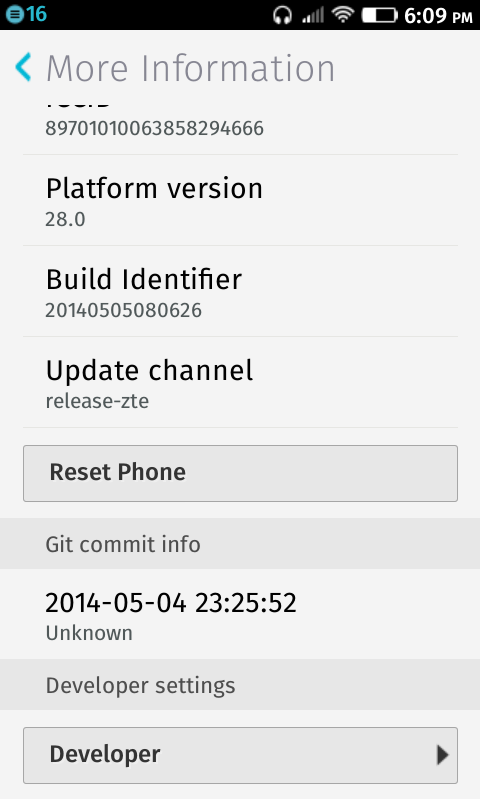
Fig. 9-10: System Information.
The system application interface has changed for the worse. I don’t know how in 1.4, but in this version low-res images for icons are used, everything is in soap! The readability and general appearance of the standard controls have significantly deteriorated compared to the assembly a year ago. I did not understand the reasons for this, the versions are different - a) they are experimenting; b) hi-res pictures to load for a long time. Or instill a fashion for soap.
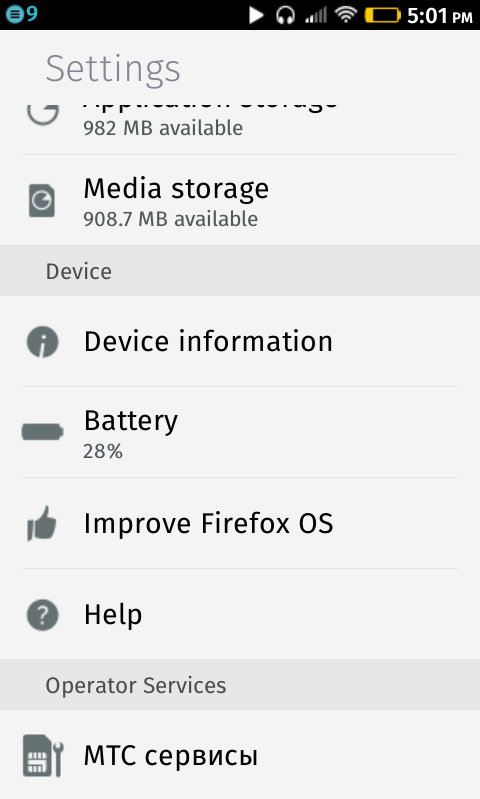
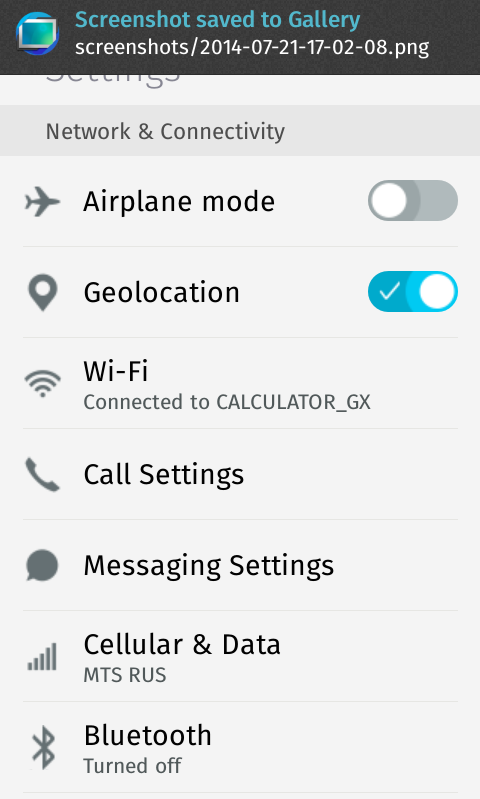
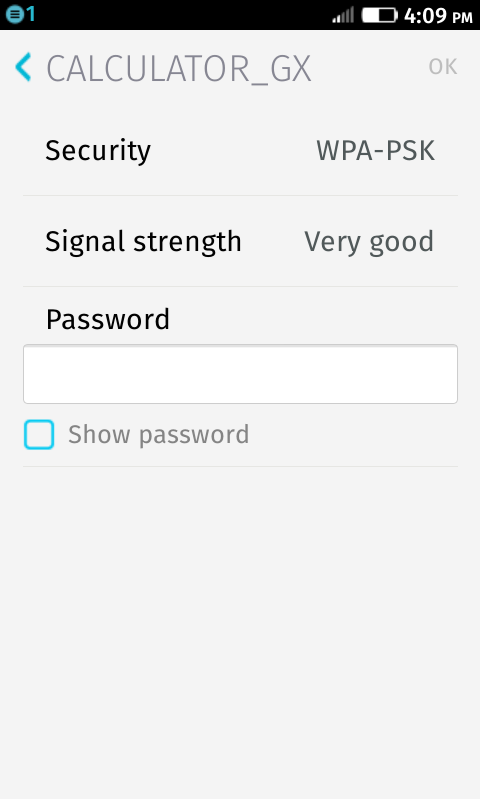
Fig. 11-13: Settings screens.
On the home screen, nothing has changed. The first page is a collection of links to sites that can be opened as applications (i.e. the site is full screen and without tabs). The remaining two pages contain system applications and, again, sites packaged as applications.
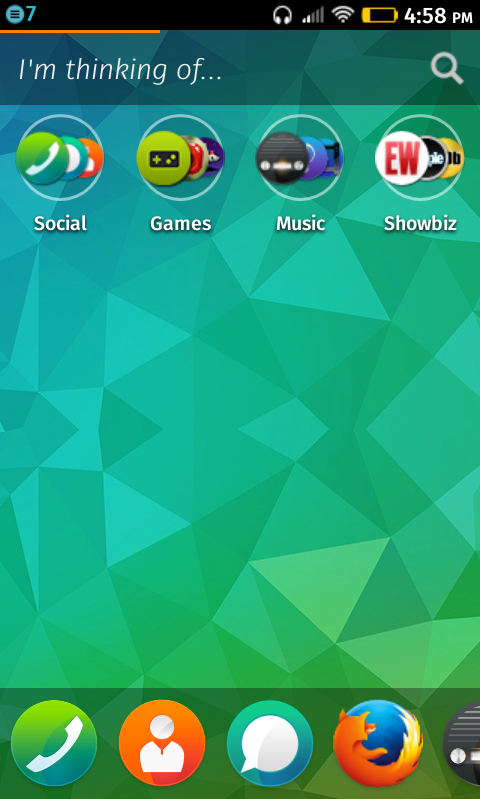


Fig. 14-16: Home screens.
In the process of getting acquainted with the changes, the feeling that I was being deceived somewhere, did not leave, it was just not clear where exactly. Yes, the old version of the interface is far from ideal, but the new version brings to the era of Web 1.0. Is the new must necessarily return the well-forgotten old?
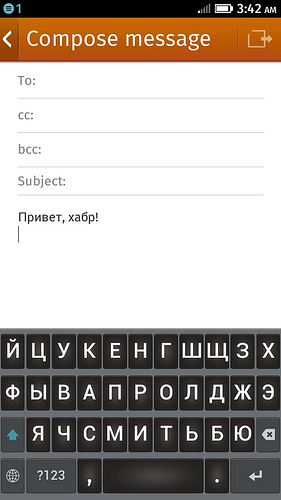

Fig. 17-18: On the left is E-Mail in Firefox OS 1.0.1 prerelease (2013), on the right is SMS in Firefox OS 1.3 (2014).
If we discard standard hello world applications (for example, a text editor without the ability to even select text - all input in the system is just input), then discard applications of the Android 1.5 type, then discard applications that are just sites, then discard the system settings application, then we will only have three icons: the first is the dialer, the second is the E-Mail client, which is very simple, but it will do for an emergency, and the third is FM Radio, which personally suits me the most. As if I didn’t buy a phone, but a radio.
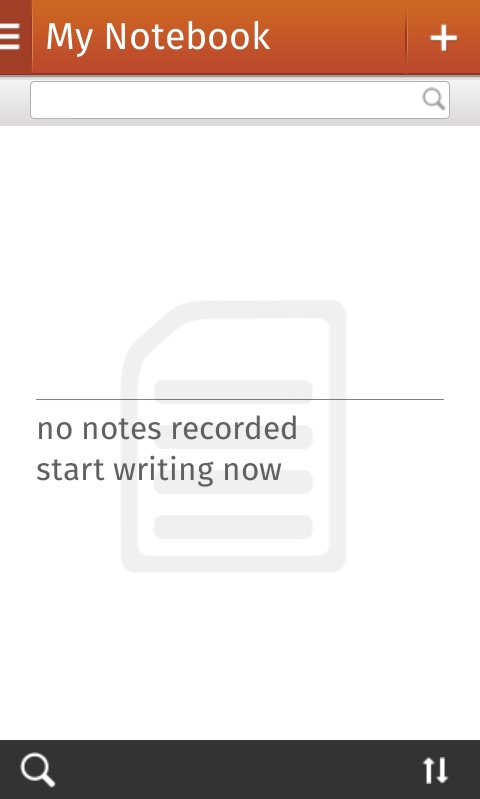


Fig. 19-21: Oh yes, business applications%)
There is nothing in the market. There are no application guidelines. There is no bootstrap for fast layout of interfaces. System developers cannot make up three buttons in a row, controls differ from application to application. Everything wildly slows down and behaves like a heavyweight html5 site in the browser of a cheap phone. Actually, this is what happens: you start the phone, the browser starts there, another browser starts in it ...
Simple switching between standard system applications occurs with braking, the phone heats up, the battery runs out noticeably quickly. Somewhere I already saw all this. Oh yes, exactly a year ago at Geeksphone Peak .
4. Android 4.4.2
The radio can be safely sent to the trash, if not for one but. As it turned out after a short googling, ZTE released two models at once on the same base. ZTE KIS 3 came out for the people of Indonesia , and ZTE released the ZTE Open C for the people of Europe and the USA, who are already not enough with simple Android. Differences? We recall the photo of the insides
 , where there was a place for a second SIM slot. We recall the fact that there are actually three touch buttons on the panel, they simply are not indicated at all.
, where there was a place for a second SIM slot. We recall the fact that there are actually three touch buttons on the panel, they simply are not indicated at all. 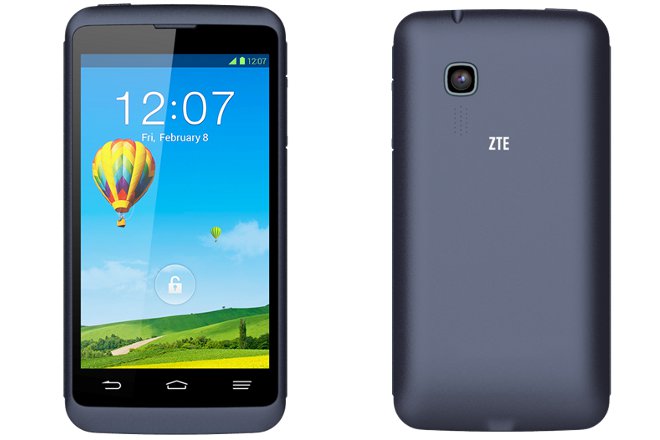
Fig. 22: ZTE KIS 3, identical to ZTE Open C.
In open access there is a firmware that allows you to replace FFOS with Android and vice versa. ( Original , Mirror) There are both service packs in this archive, just drop one of them onto the card and start the update process through CWM Recovery. Call CWM - VolUp + Power when the phone is off. Fig. 23: CWM Recovery menu. Also on the site where service packs for CWM are available, there are root firmware and a utility for flashing directly from a PC:

- ZTE_OPENC_US ( Original , Mirror );
- ZTE_OPENC_EU ( Original , Mirror );
- Open_C_upgrade_Tool ( Original , Mirror );
The package that allowed me to replace Firefox OS with Android worked for me half a turn and the phone rebooted. And ... the device just started a new life. I have not seen such responsiveness for a long time, probably someone had a hand in setting the timings in this firmware. The interface works smartly, applications start quickly, KitKat is beautiful. Using the provided update tool, you can root the device, and then reinstall Google Apps, including the market, since this firmware is practically AOSP and does not contain any unnecessary services.


Fig. 24-25: Benchmark of power and stamina.
The battery life made me happy. The first two days I thought it was a glitch, but in fact the phone is able to lie all week, receive SMS, be on the cellular network and at the same time stay alive. I will definitely leave myself as a dialer in case I go for a walk to dangerous areas.
5. Conclusions
Once again disappointed in Firefox OS. From the side of the external observer, everyone stomps on the spot. In general, the Web is not the best that can be ported to native platforms. Mozilla developers believe that we should endure all the pain of HTML + CSS layout and all the JS brakes for the sake of their highest goal, to spread the Web wherever possible, but they are not able to set an example in principle. Anyone in the subject will notice that in this way it is impossible to catch up with the native tools (ObjC / Java / C #) of mobile development, neither in terms of productivity, nor in the convenience and speed of development. I do not know why FFOS is actively promoted and positioned as an axis for budget phones, when the same Android runs on budget hardware at times better than a Russian doll from VM and JS shells. Let’s give, perhaps, another year.
